About Bob Meyer
PRIMITIVE - Friday, March 17, 2017By Glen Joffe
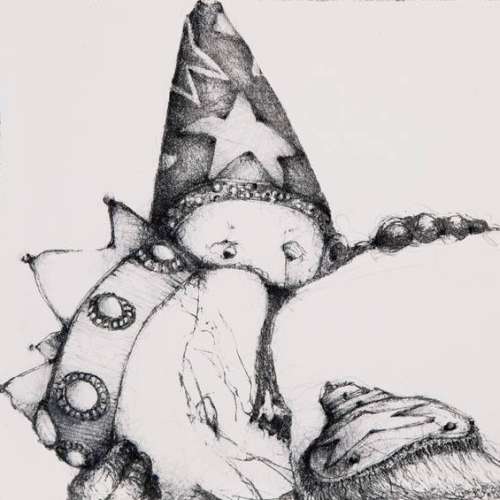 |
|
Everyone and everything has a story to tell. In telling the story, a narrator may come to mind, or an author, journalist or any other person who specializes in words. Yet, some of the most intriguing stories are told by fine artists who know how to harness words to further their stories. When this occurs, boundaries blur. Images invoke words while words convey images. This is precisely what happens in the artwork created by Bob Meyer.
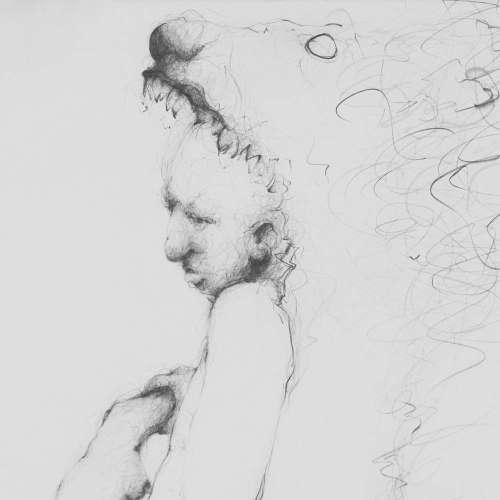 |
|
Meyer is an American artist, writer, actor and director born and raised in Chicago; now living outside Paris, France in an idyllic village near the gardens of Giverny, made famous by the French impressionist painter, Claude Monet. Meyer discovered his love of drawing at a young age when he surprised himself by drawing a thumb that actually looked like a "real" thumb. While many children forget about crayons and sketchbooks as they grow older, Meyer never stopped drawing. While attending Southern Illinois University, he received scholarships to study art at both the Ox-Bow School of the Arts and the Art Institute of Chicago.
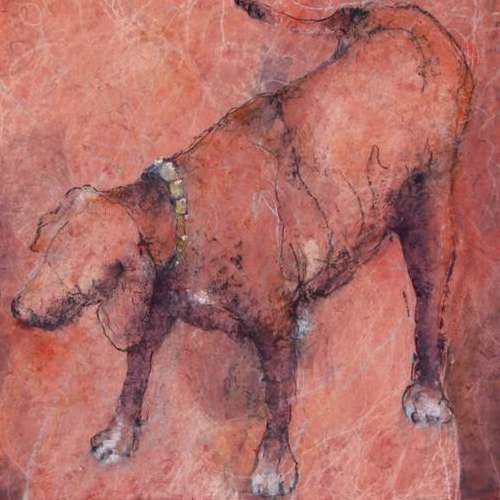 |
|
In the following years Meyer entered the world of theater, eventually founding a theatrical company called the Gare St. Lazare Players, which would later become internationally known, providing part of the impetus to relocate to France. Since its founding, he has been responsible for the production of over 60 plays and one feature film, mostly in the role of director. Yet, paper and pencil were never far from Meyer's hands or heart. Many of his earlier works are black and white drawings with compelling lines that exude a mesmerizing, even ethereal quality. Of those, many relate to his theatrical experiences. The same qualities apply to his lithographs. At times light and whimsical, at other times bold and defining, the lines in these works have the power to draw you deeper into the mysterious alluring worlds they depict. In all these works, the addictive quality of Meyer's "line" is evident.
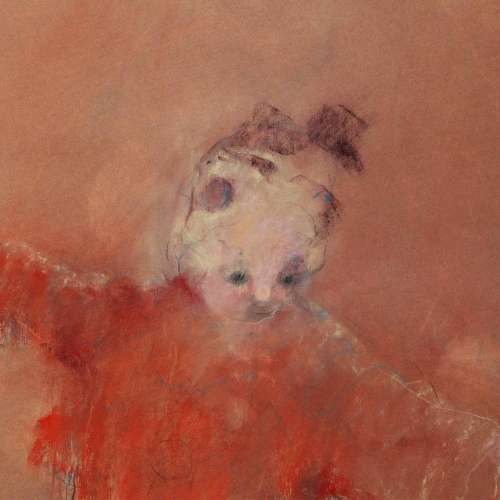 |
|
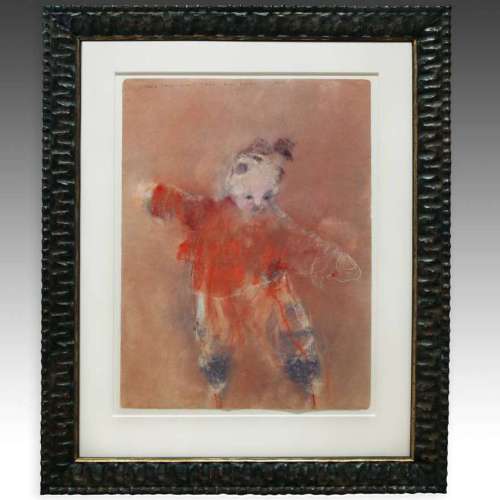 |
|
In the past few years, Meyer has added color to his palette. This has enriched his works and created powerful layers that emerge from stages of discovering what he is depicting. Most of his works start with abstract lines or colors, which slowly take on shape and meaning in Meyer's eyes. For example, the pastel painting that became "Last Day Blue" originally began as two people dancing in the park. But after turning the paper this way and that, adding more lines and listening to what they were telling him, he realized it was an old dog; slow, almost too heavy for his own legs. It was Blue's last day. In "Crawl Fall Walk Fall Run Fall Fly Fall" what do you see? Is it the determined face of a toddler taking his first steps; or a wailing terrified face? This painting began as a boy ice skating with his mother. He is howling his terror for the world to know, but at some point, he started saying, 'I can do this' and put on a determined face. When this happened the mother was no longer in the picture.
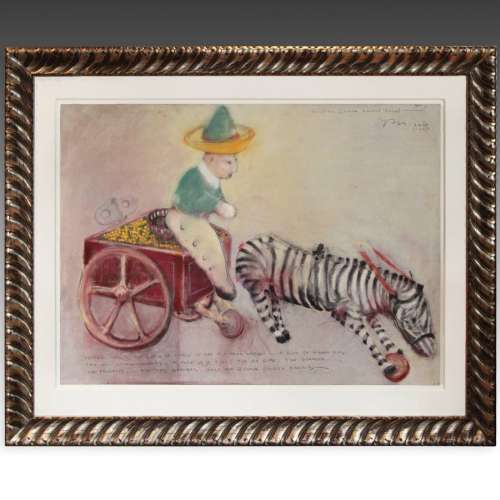 |
|
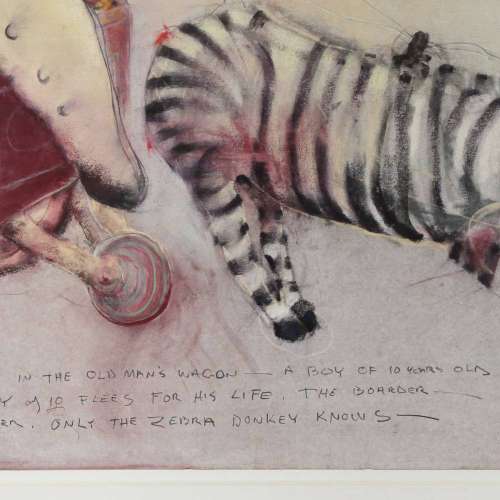 |
|
A key feature in all of Meyer's works is telling the story through titles. They are not supplements of the paintings but rather integral parts; so much a part that the way you see a Bob Meyer painting before and after reading its title can change significantly. Take a look at the painting of a man sitting on his cart, pulled by a "zebra donkey." It's a wind-up toy and pleasant for anyone to look at, but Meyer sees it differently. The title of this painting tells a most remarkable story: hidden inside the cart filled with corn is a young boy who is fleeing from someone or something. Knowing this transforms the mood. No longer is this a leisurely picture of an old man and his plodding, rather unusual mule. Although he may be complicit in this escape, it is the zebra donkey pushing forward, head down on the trail that adds a sense of urgency to the piece. He is pulling the cart past borders and through the frontier; and he is the only one who knows how long this will take. It's up to us to figure out the final destination. Neither the driver nor the zebra donkey has a word to say.
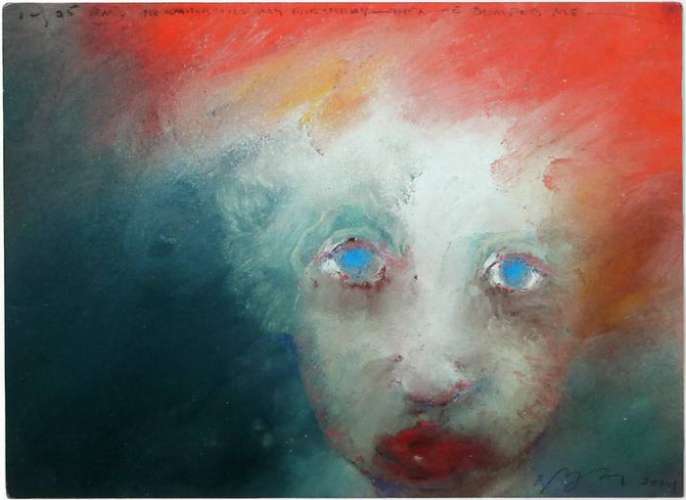 |
|
Through his line, colors and titles, Meyer begins a story. We, as the viewers, finish it. In the archival fine art print of a young woman with bright red lipstick, she looks pale and disheveled. The title explains her look: "He waited till my birthday and then he dumped me." Suddenly you see the bags under her sad blue eyes and the smears on her lips. Her hollow gaze looks right through you and intimates the pain she is feeling. It is so palpable a sort of transference takes place, and we are forced to examine our own lives for similar forms of shock.
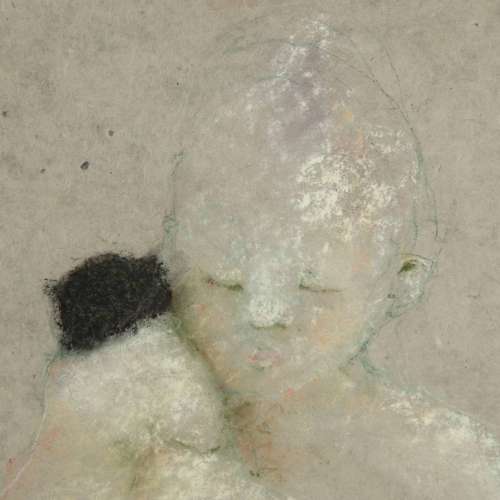 |
|
Or consider the painting of an overweight teenage girl standing naked and holding something to her shoulder. The black dot could be anything, but Meyer titles the piece "Runt" and we immediately recognize it as a kitten, the runt of its litter. There exists a tension between the large girl and the tiny cat; the affection and the sadness. It tells a difficult story that nevertheless captures our imagination.
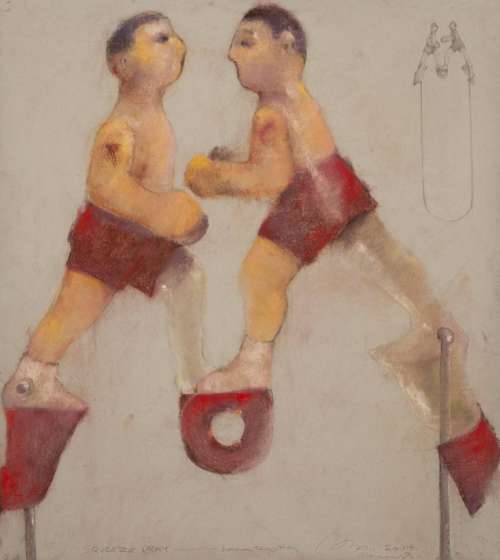 |
|
Meyer's works often invoke curiosity and make you wonder. "Squeeze Play" depicts a toy made in Germany in the 1930s. The two figures will pummel each other when the wire connecting them is squeezed, which inspired the second half of the piece's title: "Forever Together." That's a long time to be connected to each other; even longer to be at fists. This raises some questions. Will they ever come apart? What will happen if they do? We begin our own stories. The PRIMITIVE Press print called "Transcendental Etudes No. 4 in D Minor . . ." looks at first to be an almost abstract work, until you see a pianist hunched over the keyboards, his fingers flying over the notes. It makes you wonder what music he's playing. Is it Chopin? Rachmaninoff? Finally, you see it is Liszt, whose music is so hard people have said they needed four hands to play his simplest piece. Liszt's name appears at the end of the title. Intensity resonates in this print, engulfing not only the musician, but viewers as well. Meyer was inspired by a Glenn Gould recording of Liszt's technically challenging work.
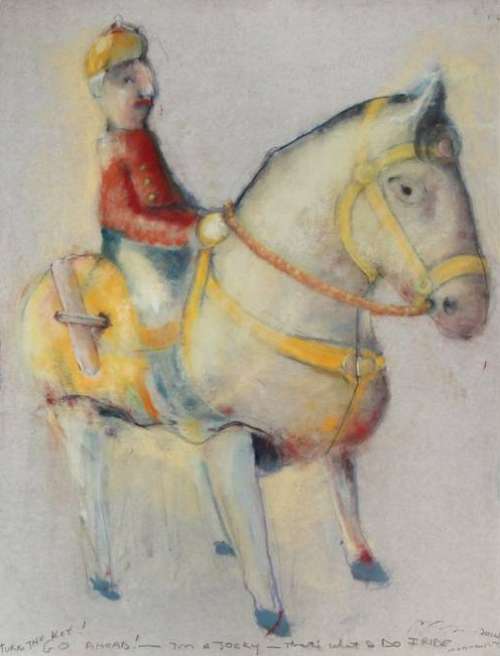 |
|
Oftentimes with the paintings depicting wind-up toys, Meyer feels the urge to add a twist to their stories through the title. It brings them alive, enriches their personalities and even provokes viewers. For example, the painting of a jockey on a horse is titled "Go ahead turn the key; I'm a jockey, that's what I do. I ride." There’s no mistaking his sardonic tone.
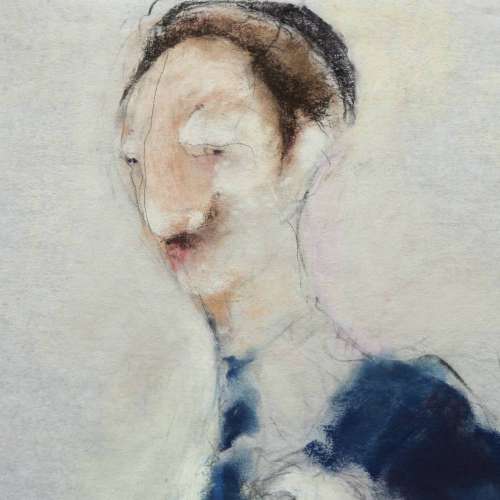 |
|
Look at the clown riding a tricycle titled "Just tell your mama and your papa. I'm a little schoolboy too." His words turn his mouth and expression derisive. Not because they are inherently mean people. Just try putting yourself in their shoes. In the painting "The Box marked toys" the pre-adolescent boy has grown out of his toys and is putting them away in a box, presumably for the last time. See the expression on the puppet's face. It is alarm as he faces the inevitable.
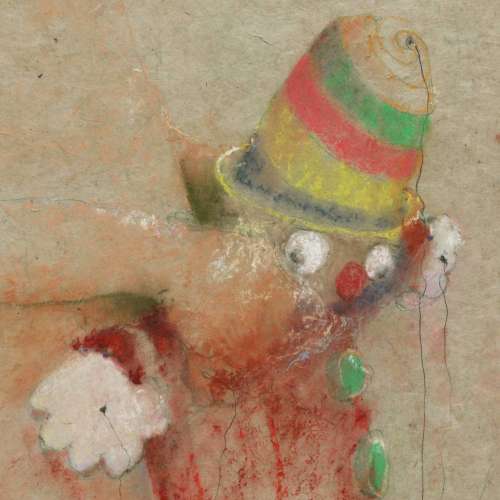 |
|
Most recently, Meyer has been creating oil paintings on linen and cotton. Old school in his approach to this work, he first applies a ground utilizing chalk from a cave next to his studio. The result is a blank, smooth surface unfettered by texture. It is almost a sacred space where new images remain free to evolve until they finally achieve their own persona. In the painting "30 Years" Meyer depicts a prone couple staring into the void. He realized it was complete when he found himself staring at the painting for a prolonged period of time, his gaze in complete agreement with the couple. In the painting "Because I said so" halos appear behind the heads of the adult and the child who is in his grip. Those are actually the remnants of other heads that matured into the final image. All that remains is their spirit.
Bob Meyer draws inspiration from every aspect of life and from it he creates undeniably compelling images that evoke surprise, laughter, sadness, curiosity, and sometimes even unease; but always the sense of an underlying plot, which is up to us to unravel. It matters not whether he is painting, printing or drawing. His works convey an ability exceeding that of visual artist or writer alone. More than anything else he is a storyteller. Yet, his works go beyond the stories of his subjects. They prompt, provoke, and persuade us to finally tell our own stories too.